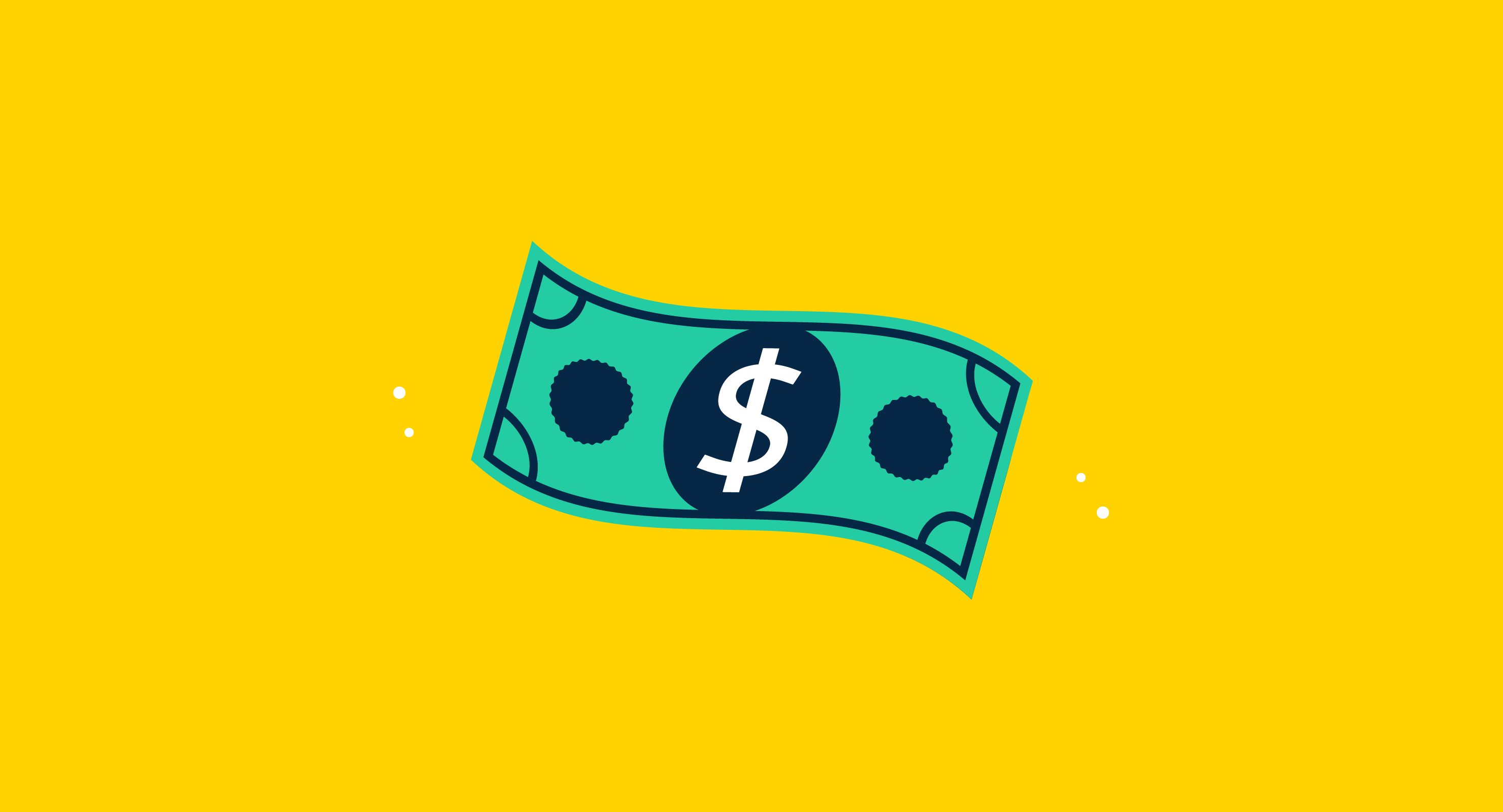What is a clawback?
A clawback is a contract provision that allows an organization to recover money previously given to an employee. A clawback often requires employees to pay a penalty fee when they return the funds.
Clawback provisions commonly affect incentive pay, such as sign-on bonuses or rewards. Organizations use these provisions to protect themselves if an employee doesn’t fulfill their obligations or if they defraud the company.
A staple in the finance industry, clawback provisions are also used in other sectors, such as government and healthcare. These provisions are a non-negotiable part of a contract.
Compensation management software helps human resources and finance professionals plan employees’ salary and merit pay, including complex incentive and commission structures. Companies use this software to customize their compensation packages to improve employee satisfaction and retention.
Basic elements of clawback
Organizations can customize clawback provisions to their specific industry and needs, but to be enforceable, most clawback provisions must include certain components.
- Purpose: Clawbacks typically include the reason why the provision exists, such as compliance with legal regulations.
- Employees affected: Companies should state which employees the provision affects.
- Compensation affected: A clawback typically doesn’t govern all types of pay. Companies should specify which funds they can claw back. These funds could be sign-on bonuses, incentives, commission, or stock options.
- Triggering events: The provision should list all events that prompt the clawback, like misrepresentation of sales data or leaving to work for a competing brand.
- Period: Clawbacks are usually only enforceable for a specific length of time. For instance, a contract might state that a company can only rescind a bonus within 60 days of issuance.
- Penalties: After fraud, misrepresentation, or failure, many companies demand the employee pay a fee in addition to the returned funds.
- Recovery process: The provision outlines the process for getting the employee to pay the funds and what happens if they refuse.
Types of industries using clawbacks
After the financial crisis of 2008, clawback provisions became commonplace in the finance sector as companies sought to protect themselves and their reputation. Other industries also use these clauses in contracts.
- Insurance companies include clawback provisions to protect themselves if a client files a false claim, provides misleading information, or cancels coverage early.
- Corporations use clawbacks in executives’ contracts so they can rescind incentives in case of poor performance.
- Government contracts include clawbacks so they can recoup money if the contractor doesn’t meet terms or obligations. For instance, the government might compensate a contractor but later realize they haven’t submitted all the required expenditure reports.
- Medicaid can reclaim funds and issue penalties if they find an applicant exceeded their asset limit during a “look back” period. In California, the “look back” period is 30 months; for the other 49 states, the period is 60 months. Medicaid can also take back money after the death of a covered individual in long-term care, a process called estate recovery.
Benefits of clawbacks
Organizations include clawback provisions in their contracts to reap important benefits. These advantages include:
- Protecting the company’s investment in employees. A common reason for clawbacks is making sure companies can take back sign-on bonuses if employees leave before a designated period is over. If organizations pay incentives and spend time and money onboarding employees, they could take a financial hit from an employee’s quick departure.
- Lessening the risk of employee misconduct: With a clawback provision, workers may be less tempted to provide false information or commit fraud, knowing they will be on the hook for paybacks and penalties.
- Protecting the brand’s reputation: Companies face scrutiny if they’ve paid large sums to deceitful employees in high-profile cases. By including clawback provisions in contracts, corporations provide peace of mind to investors and shareholders.

Kelly Fiorini
Kelly Fiorini is a freelance writer for G2. After ten years as a teacher, Kelly now creates content for mostly B2B SaaS clients. In her free time, she’s usually reading, spilling coffee, walking her dogs, and trying to keep her plants alive. Kelly received her Bachelor of Arts in English from the University of Notre Dame and her Master of Arts in Teaching from the University of Louisville.






